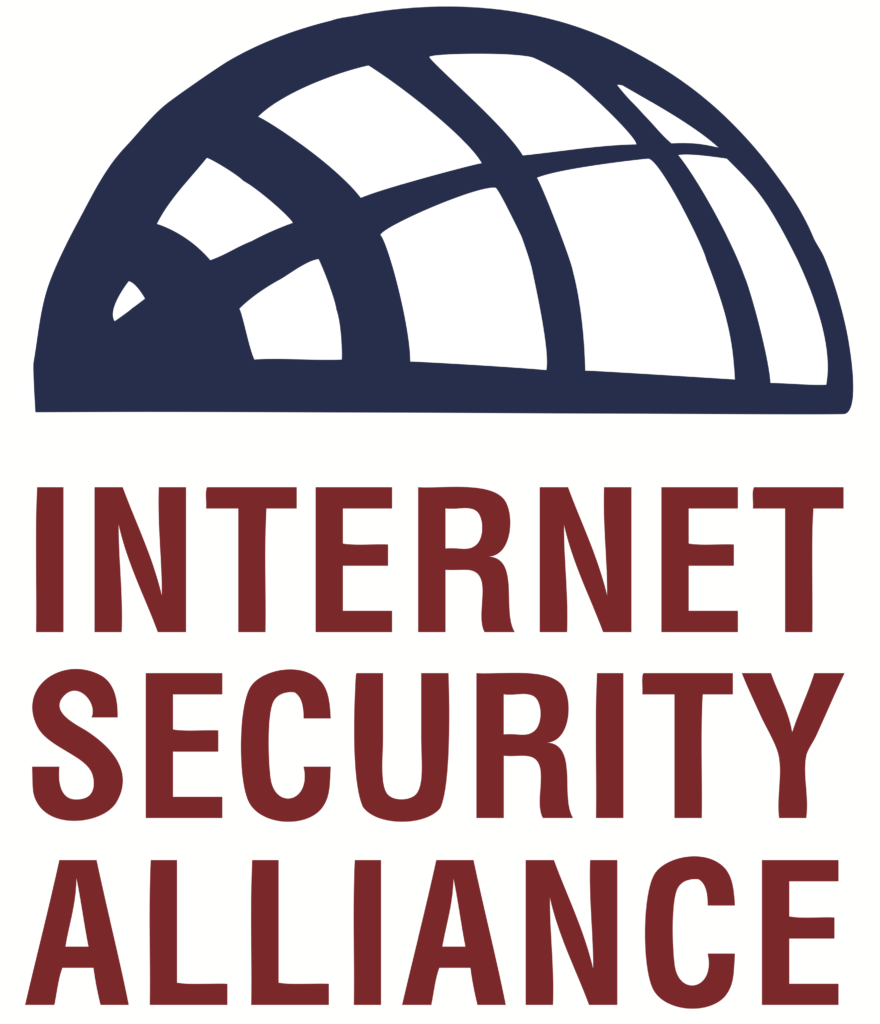Dear Congressional Members of the House and Senate Appropriations Committees:
We are writing to urge the House and Senate Appropriations Committees in the fiscal year (FY) 2024 appropriations bill to include $200 million for the Department of Defense Cyber and Digital Service Academy (the Academy) that was authorized in the FY 2023 National Defense Authorization Act, with greater levels of funding included year over year for five years. The nation faces a severe, and growing, cyber threat from multiple adversaries. Funding a virtual cybersecurity academy is the only way to create a workforce to combat these threats.
Funding the Academy would acknowledge that what the United States traditionally has referred to as a “workforce gap” is really a lack of adequate national defense mobilization. National defense in the digital age requires more than an adequately trained military—the United States needs trained cyber defenders throughout the government as well as the private sector. The reality is that the entire nation, both the public and private sectors, is under cybersecurity attack from all manner of adversaries, including nation-states such as China, Iran, North Korea, and others. The United States simply doesn’t have enough people, not just in the Department of Defense but nationwide, to put up an adequate defense.
Although a wide number of excellent cybersecurity workforce programs have been established in recent years, it has become clear that this patchwork approach is not fulfilling the nation’s urgent cybersecurity workforce/defense mobilization needs. In fact, the size of the cyber workforce gap continues to grow. Current estimates indicate that over 700,000 cybersecurity job openings in the United States are unfilled. Additionally, according to recent research by Microsoft, the gap has increased 29 percent in the last year, doubling the rate of growth from 2018 and 2019. The virtual academy approach would enable the United States to use modern digital techniques to link the current programs, better leverage faculty, and reach a vast new supply of potential cyber trainees. We estimate an eventual annual appropriation of $1 billion (phased in at $200 million a year) would enable a fully functioning academy attracting up to 10,000 new candidates a year. This program would eliminate the full federal workforce gap in less than four years, and then go on to support the rest of the nation’s cyber defense needs. Without such an academy to address the issue at scale, none of the other cybersecurity programs or the related regulations, frameworks, and technologies the United States is funding can be effective because the nation does not have an adequately trained workforce to implement them. The first billion dollars the nation spends on cybersecurity should fund the virtual academy.
Unlink many cybersecurity issues, the defense mobilization/workforce gap is an issue that can be solved, which is a word not often used in cybersecurity. The nation does know how to train a sophisticated workforce. This is, at heart, an economics issue of supply and demand. To resolve it, the nation needs to stimulate the supply, i.e., the number of people who will go into cybersecurity. The academy would solve this problem the same way the United States solves other national defense workforce problems, by providing free tuition in return for a specified term of government service.
We appreciate your attention to this pressing matter and urge your utmost consideration.
| Larry Clinton President and CEO Internet Security Alliance | Henry Stoever President and CEO Association of Governing Boards of Universities and Colleges |



